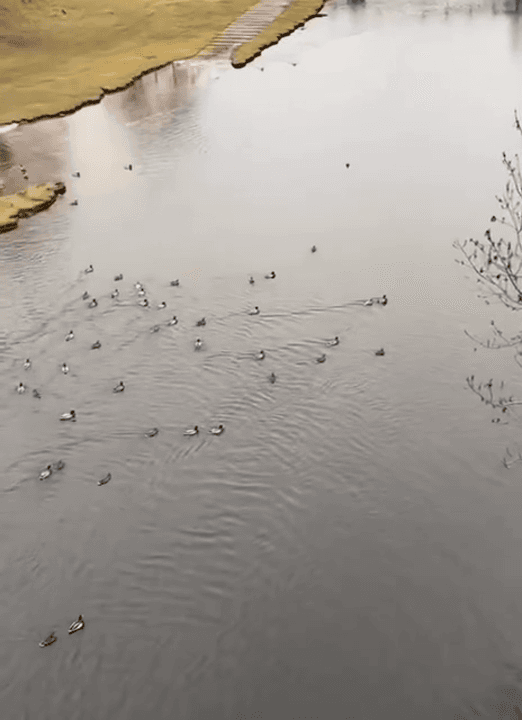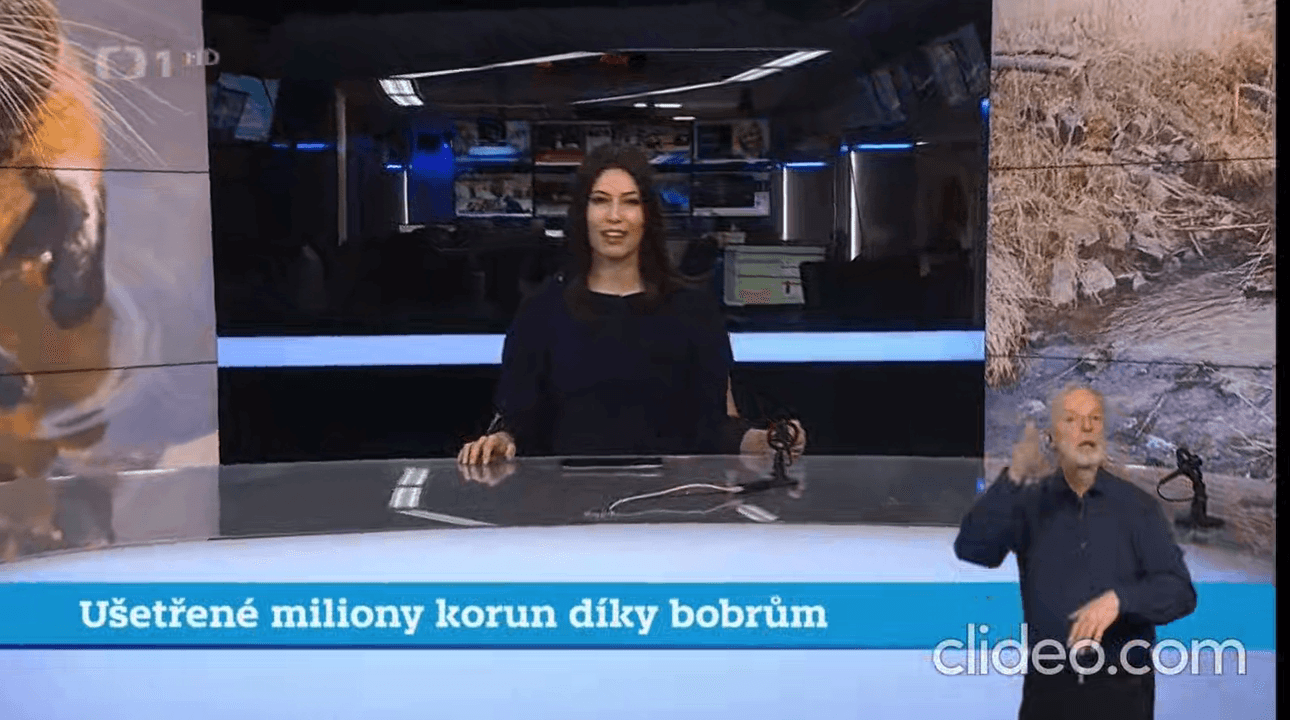
In Czech Republic, you can feel like Snow White just by going out to feed ducks on a riverside. There really is a lot of game in the Czech Republic, but hunting is interesting there not so much because of this, but because of traditions. They also strictly adhere to the laws of hunters. Czech forests are overrun by wild boars, which continue to multiply beyond measure. According to hunters, the wild boars have become more aggressive than before. In addition, they use their intelligence to come up with new survival strategies. Boar hunting is no longer considered a hunt, but rather a salvation for trees and even cities. Despite the mass shooting, there are more and more wild boars in the Czech Republic. Animals also appear in cities, including Prague. Wild boar in the Czech Republic is a real national disaster. The wild boar hunting season is the longest, and in some small reserves, such as Blahnik and Koda, it is open all year round. The population of wild boars is growing every ye
Post: 22 January 01:05
















































